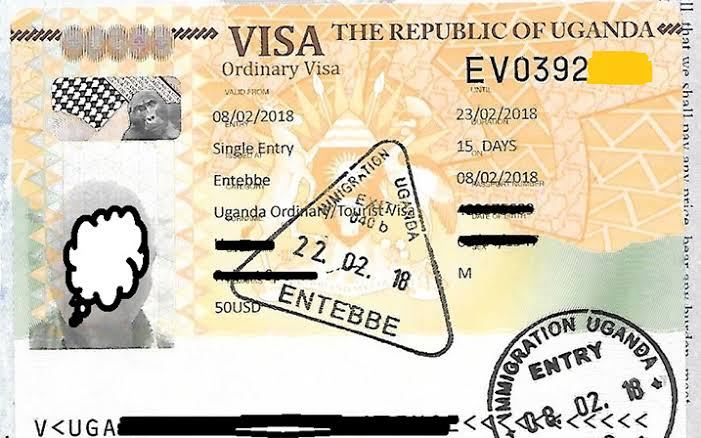How Safe is Kigali for Tourists?
April 25, 2025Can You See Gorillas Without Hiking?
April 26, 2025What’s the Best Time to Visit Rwanda? A Soulful Journey Through the Land of a Thousand Hills
If you could bottle the feeling of standing atop a mist-covered hill in Rwanda, watching the golden sun rise over endless green valleys, you would. But some moments are best lived feet on the ground, heart wide open, and a sense of wonder humming in your chest. Rwanda isn’t just a place on the map. It’s a mood, a rhythm, a quiet kind of magic. And like all things precious and wild, timing is everything.
So, what’s the best time to visit Rwanda? Let me take you on a journey not just through seasons, but through the soul of this incredible country.
A Brief Glimpse of Rwanda’s Seasons
Rwanda, snug in the heart of East Africa, lies just a few degrees south of the Equator. You might expect it to be blazing hot year-round, but you’d be surprised. Thanks to its high elevation averaging over 1,500 meters (4,900 feet) above sea level Rwanda enjoys a mild, temperate climate that’s pretty pleasant all year.
There are two main seasons to consider:
-
Dry seasons:
-
Mid-December to early March
-
June to mid-September
-
-
Rainy seasons:
-
Mid-March to May
-
October to mid-December
-
Each of these seasons paints Rwanda in a different light. I’ve traveled during all four, and I can honestly say each one brings its own charm. But if you’re wondering when you should go read on.
Dry Season: The Prime Time (June to mid-September & December to February)
If you’re dreaming of tracking gorillas through thick bamboo forests, this is your season.
The dry months are widely considered the best time to visit Rwanda especially June to September. The skies tend to stay clear, the roads are more navigable (particularly important if you’re venturing off the beaten path), and the wildlife is easier to spot.
I remember one crisp morning in Volcanoes National Park, hiking through the Virunga Mountains in search of mountain gorillas. The forest, though dense, wasn’t soaked, and the trek was exhilarating rather than exhausting. We found a family of gorillas nestled in a clearing. A silverback met my gaze not threatening, but curious. The dry season helped make that moment not only possible but deeply comfortable.
Perks of visiting in the dry season:
-
Best conditions for gorilla trekking and chimpanzee tracking
-
Ideal for wildlife viewing in Akagera National Park
-
Fewer mosquitoes = lower malaria risk
-
Easier travel across the country (especially rural areas)
-
Lovely weather for hiking and photography
If you’re planning your dream Rwandan adventure, I’d nudge you toward June to September. It’s peak gorilla season, but worth every bit of early booking.
Rainy Season: The Quiet, Lush Wonderland (March to May & October to December)
Now, don’t write off the rainy season too quickly. Yes, it rains but not constantly. Mornings often start clear, and showers tend to roll in during the afternoon, often in short but heavy bursts.
March to May sees the heaviest rain. If you don’t mind the mud and you’re after solitude, this is the time to visit. I once traveled during April and was rewarded with landscapes so green they looked unreal. I hiked in Nyungwe Forest with the soft patter of rain above and the earthy smell of wet foliage all around me. The forest seemed alive, pulsing with the sound of birds and distant primates.
October to mid-December brings a lighter rainy season. It’s a great time for birdwatchers, with migratory species passing through and landscapes still lush.
Why you might love the rainy season:
-
Lush, vibrant landscapes absolutely stunning for photographers and nature lovers
-
Fewer tourists = more intimate experiences
-
Easier availability and lower prices for accommodation
-
Great time for coffee and tea plantation tours this is when crops are thriving
That said, gorilla trekking is possible year-round but trails can get muddy and slippery. If you’re adventurous and well-prepared, it can still be magical.
The “When” Depends on the “Why”
One thing I’ve learned: the best time to visit Rwanda depends on what you want to feel, see, and remember.
-
Gorilla trekking? Go in the dry season.
-
Birdwatching or budget travel? Try the shoulder seasons or early rainy season.
-
Want to soak in the green beauty and avoid crowds? Consider April or November.
-
Interested in culture? Time your visit with Umuganda (last Saturday of every month) when Rwandans come together to clean and contribute to their communities. Or go in July, during Kwita Izina, the gorilla naming ceremony a national celebration of conservation.
The Beauty Beyond the Calendar
What the guidebooks don’t always tell you is that Rwanda isn’t just about the logistics it’s about what it awakens in you.
In Kigali, I walked through the Genocide Memorial with a lump in my throat and left with a renewed sense of humanity and resilience. In the countryside, children waved and ran beside our car with uncontainable joy. In Musanze, I shared a warm banana beer with locals under a starlit sky, and in Gisenyi, I let the calm waters of Lake Kivu wash over my tired spirit.
It’s not just about the weather it’s about when you’re ready to meet Rwanda on its own terms.
My Honest Advice
If it’s your first trip and you want the “classic†Rwandan experience go in June, July, or August. It’s sunny, safe, and stunning.
But if you’re not afraid of a little rain and want to feel Rwanda’s raw, unfiltered beauty? April or November might just steal your heart.
No matter when you go, go with your eyes open and your heart even more so. Rwanda doesn’t shout its beauty it reveals it slowly, quietly. And trust me: it’s unforgettable.
So, what’s the best time to visit Rwanda?
The short answer: June to September.
The real answer: Whenever you’re ready for a journey that will change how you see the world and maybe even yourself.



